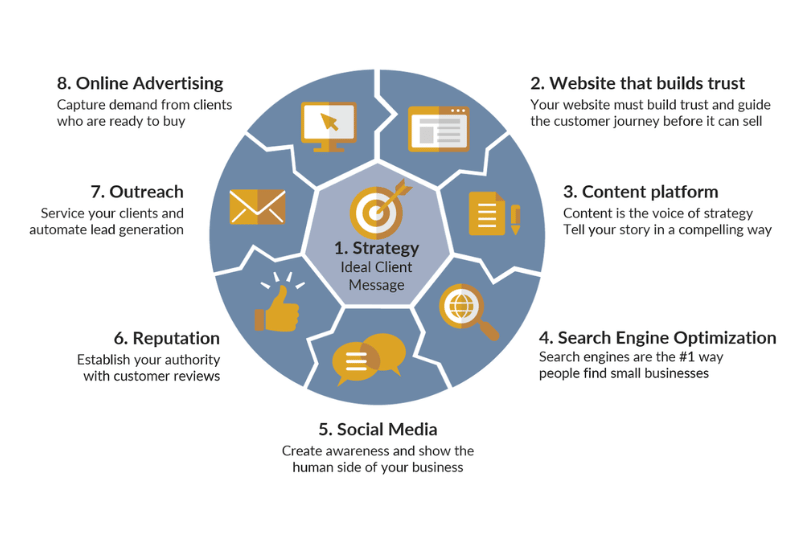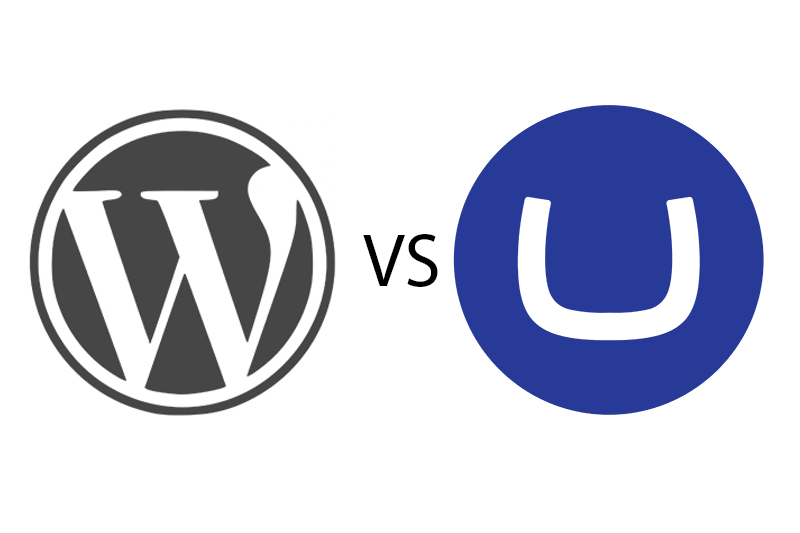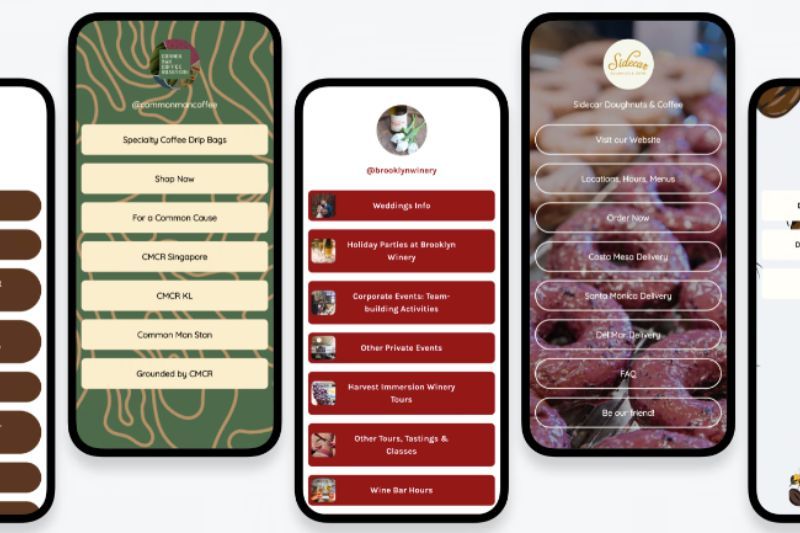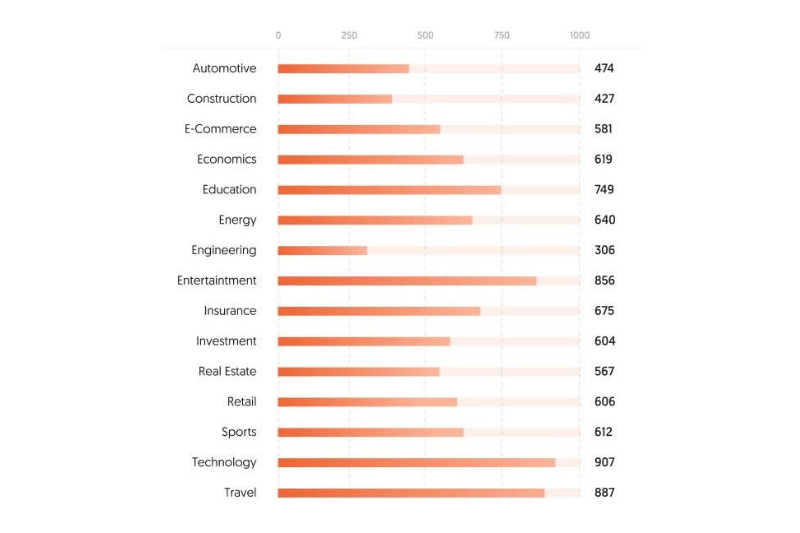From Heuristics to Conversations: How UX Needs to Evolve for the AI Era

From Heuristics to Conversations: How UX Needs to Evolve for the AI Era
For years, we’ve relied on tried-and-true heuristic principles to guide how we build digital experiences. Things like “keep it consistent,” “help users recover from errors,” and “make important stuff obvious.” They’ve helped UX designers make websites that are simple, helpful, and human.
You see this in everyday design—think of a shopping cart that lets you remove an item with one click, or a form that highlights which fields you forgot to fill in. These aren’t just good habits—they’re rooted in UX heuristics that have stood the test of time.
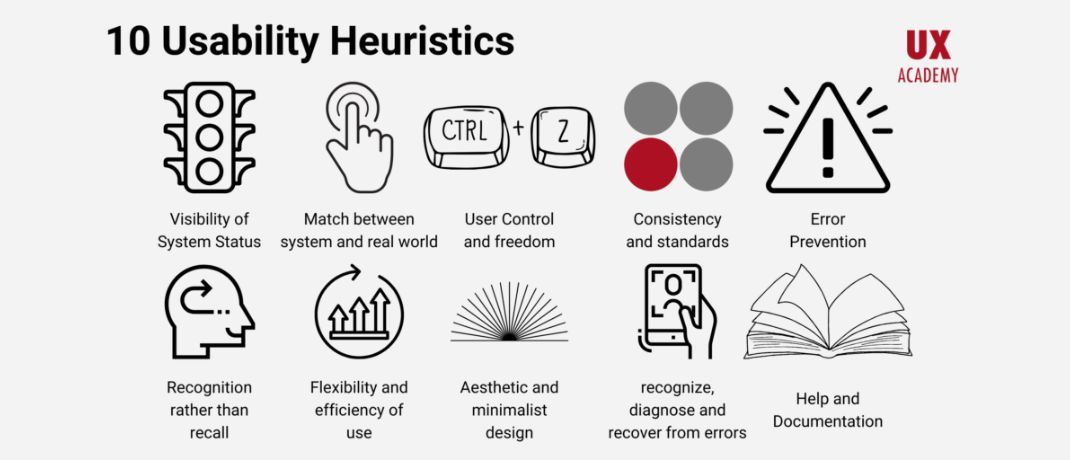
But how people use the internet is changing fast. And that changes everything.
People Aren’t Visiting Websites Like They Used To
Today, AI tools often step in before a user ever sees your site.
Whether it’s a chatbot, voice assistant, or AI-powered search engine, more people are getting what they need without ever clicking through. Google shows summaries. Siri reads answers aloud. ChatGPT might quote your content without the user knowing your brand at all and present it in a conversational AI interface.
The homepage isn’t always the beginning. Sometimes, it doesn’t even show up in the journey.
This shift forces a rethink: If users never reach your website, what kind of experience are you actually designing for? This is where AI in UX takes center stage. Good UX design now means building for both humans and the AI systems that present your information.
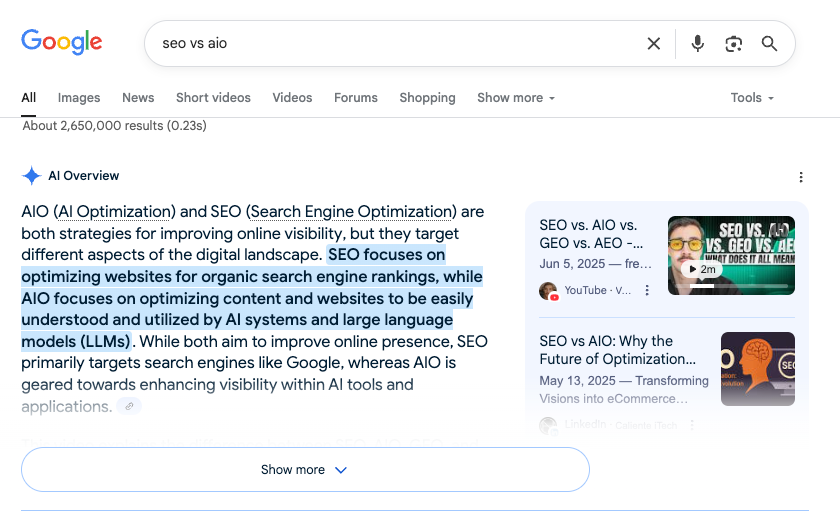
What All These Optimization Acronyms Actually Mean (and Why They Matter)
Let’s break it down:
| SEO (Search Engine Optimization) | AI (OAI Optimization) | GEO (Generative Experience Optimization) | AEO (Answer Engine Optimization) | |
|---|---|---|---|---|
| Definition | Optimizing your website to rank higher in traditional search engines like Google. | Structuring your content so AI modelscan understand and reuse it effectively. | Designing experiences that are dynamic, modular, and adaptable for generative AIenvironments. | Optimizing content to be selected as a direct answer in AI, voice assistants, or featured snippets. |
| Example | A blog titled “How to get rid of crabgrass” ranks on page 1 of Google thanks to keywords and metadata. | The same blog is clear and structured, so ChatGPT can pull and use part of it in a conversation. | An interactive lawn care calendar tool adapts based on user location or season. | A paragraph from the blog is read aloud by Alexa or shown as a featured snippet in Google. |
| Effort to Succeed | - Keyword research | - Use clear, structured language | - Develop modular content | - Use Q&A format |
| - On-page SEO | - Semantic HTML | - Design adaptive tools or calculators | - Add structured data (schema) | |
| - Link building | - Factually accurate content | - Enable AI-readability through APIs or tagging | - Create concise, high | |
| - Technical performance (speed, mobile) | - Consistent brand authority | -value answers | ||
| - Optimize for voice and snippet formats | ||||
| Advantages | ✔ Increases website traffic | ✔ Makes content reusable by AI | ✔ Engages users interactively | ✔ Boosts visibility in voice and featured snippets |
| ✔ Builds long-term brand visibility | ✔ Builds presence in AI summaries | ✔ Supports omnichannel content reuse | ✔ Establishes quick-answer credibility | |
| ✔ Improves ranking in organic search | ✔ Establishes thought leadership across platforms | ✔ Adds value beyond static reading | ✔ Enhances mobile and AI findability | |
| Disadvantages | ✘ Results take time | ✘ Clicks aren’t guaranteed | ✘ High production effort | ✘ Can reduce site visits |
| ✘ SEO rules shift often | ✘ Brand may not be credited | ✘ Complex implementation | ✘ Often favors bigger brands | |
| ✘ Needs regular maintenance | ✘ Limited control over AI output | ✘ Harder to measure impact directly | ✘ Competitive positioning is hard to predict |
User Experience Now Begins Before They Even See Your Site
Because user experience isn’t just what happens on your site anymore. It’s what happens in search results, AI summaries, smart assistants, and chatbots. UX now includes how people find your content, interact with it outside your site, and maybe—just maybe—click through to learn more.
Designing for this broader journey means:
- Clarity matters more than cleverness
- Content needs to stand alone and still make sense
- You’re designing for people and machines
These are new kinds of design questions. And answering them takes a shift in mindset.
Practical Moves to Adapt Your Website UX
Let’s talk about some smart, simple ways to build for this new era:
- Treat every page like page one
Because it probably is. Thanks to search and AI, users land in strange inner pages. Make every page welcoming. - Write like you talk—but smarter
This isn’t about dumbing things down. It's about clarity. If you can’t explain it simply, AI won’t get it either. - Structure like a librarian
Organized content = AI-friendly content. Use headings. Break things up. Make it skimmable and scrapable. - Tag, mark up, and map it out
Schema markup isn’t glamorous, but it makes your content machine-readable. That’s SEO and AIO rolled into one. - Think in blocks, not blobs
Modular content adapts better. A quote, a stat, a how-to—each should stand on its own and still make sense. - Add a layer of personality
AI can mimic tone, but it can’t fake yours. Bring in voice, nuance, and small surprises that sound unmistakably you. - Design with conversation in mind
Whether it's chatbots or voice search, you’re not just designing screens—you’re scripting interactions. AI UX design is about shaping conversational flows that feel natural for users.
The Human Side of This Shift
Here’s the twist: as AI tools get more “human,” we need to get better at being human too.
Writing, tone, language—these are becoming core UX tools. And yet, in a world of skims, swipes, and scrolls, communication is becoming a lost art.
To design great experiences today, you need to be part strategist, part storyteller, part UX researcher—always guided by user feedback and real-world insight.
So What Happens to Websites?
It’s not dying. It’s diversifying.
Your site is:
- The content library for AI-powered tools
- The credibility layer when users dig deeper
- The experience hub when they want to connect
It won’t always be where the journey starts—but it better be ready when someone arrives.
That also means moving away from traditional, rigid structures—like siloed sections and static pages—and thinking in terms of fluid, modular experiences. For years, websites were built around a "drill-down" model: start at the homepage, choose a section, then a sub-page, then maybe a PDF or contact form. But that linear path no longer reflects how people find or consume information.

Today’s users expect immediacy. They don’t want to
search—they want to
ask. They expect websites to behave more like assistants than brochures.
To meet that expectation, websites must start offering AI-enhanced pathways: smart search that interprets intent, dynamic FAQs that evolve with user behavior, voice-enabled support, and chatbot-driven flows that mirror how people naturally seek answers. Content must be structured not just for browsing, but for responding—context-aware, conversational, and available instantly.
We’re entering an “ask and receive” era of UX. Your site shouldn’t just contain information—it should use AI to understand context and deliver what users need: fast, focused, and frictionless.
Where Mawazo Fits In
At Mawazo, we’ve always cared about the "why" behind digital design. Not just what it looks like, but what it does.
We combine UX design with real-world insight, helping your site adapt to changing user habits—whether that means conversational flows, semantic content, or rethinking what a landing page is for.
If you’re wondering how to keep up with it all, start by asking better questions. We’ll help you find the answers—and design the experience that goes with them.
Frequently Asked Questions
What does AI in UX mean?
AI in UX refers to the integration of artificial intelligence into user experience design. It focuses on how AI tools and systems deliver, interpret, and personalize digital experiences for users.
How is AI changing UX design?
AI is reshaping UX design by shifting experiences from static browsing to conversational interactions. Designers now consider how AI-powered tools, chatbots, and voice assistants deliver information before users even reach a website.
Why is AI and UX important together?
AI and UX are important together because they ensure that both humans and AI systems can understand, reuse, and trust digital content. Good design today serves both people and the AI technologies that present content to them.
How can Mawazo help companies adapt to AI in UX?
We helps businesses adapt by combining UX strategy, research, and AI-aware design. From conversational flows and modular content to AI-ready site structures, we ensure your digital presence works seamlessly for both users and AI systems.
How can companies prepare for AI-driven UX?
Companies can prepare by structuring content for AI readability, designing modular experiences, using schema markup, integrating conversational flows, and leveraging AI-powered tools to test and refine their UI and UX design.
Do you have any questions on the above, or would you like to share your experience? Just email ideas@mawazo.ca or call +1 (833) 503-0807.
At Mawazo Marketing we work with owners of B2B companies who want to accelerate their business. We help them with a concrete digital growth plan, a website that saves operational cost, and a digital marketing system that generates leads. For qualifying clients we offer a 5x ROI guarantee: if we don't reach the objective, then we pay back the difference. Book a Free Strategy Session to find out more.
